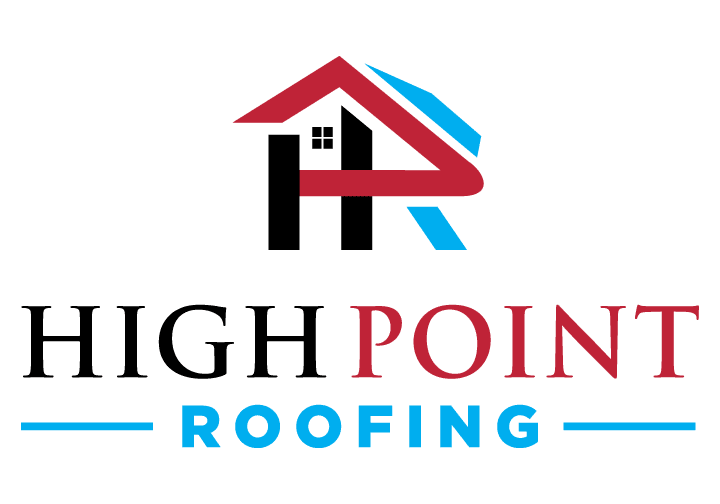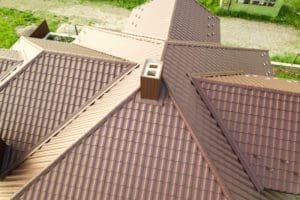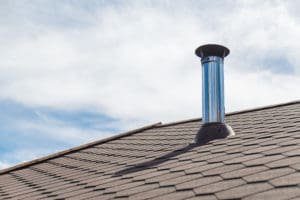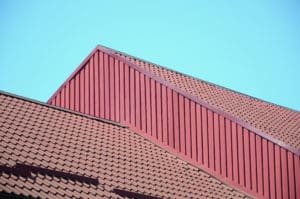During the hot summer months, your roof is exposed to a variety of factors that can lead to leaks and damage. Understanding the causes of roof leaks and implementing essential maintenance techniques can help protect your roof and avoid costly repairs. In this article, we will explore the effects of heat and sunlight on roofing materials, the impact of summer storms on roof integrity, the role of aging and wear in roof leaks, essential roof maintenance for leak prevention, choosing the right roofing materials for summer, and the benefits of professional roofing services for leak prevention.
Understanding the Causes of Roof Leaks
Effects of Heat and Sunlight on Roofing Materials
Heat and sunlight are two major factors that can cause damage to your roof during the summer months. The constant exposure to high temperatures can lead to the deterioration of roofing materials over time. The extreme heat can cause shingles to warp, crack, or curl, making them more vulnerable to leaks. It’s crucial to choose roofing materials that are designed to withstand heat and sunlight.
Additionally, prolonged exposure to UV rays from the sun can accelerate the aging process of roofing materials. This can result in the loss of flexibility and protective granules in shingles, making them more prone to damage. It’s important to consider UV-resistant roofing materials to prolong the lifespan of your roof and reduce the risk of leaks caused by sun exposure.
Impact of Summer Storms on Roof Integrity
Summer storms, including heavy rain, strong winds, and hail, can take a toll on your roof’s integrity. These weather conditions can cause damage to shingles, tiles, and other roofing materials. It’s important to conduct a thorough inspection of your roof after a storm and make any necessary repairs promptly. Regular maintenance can help prevent leaks and ensure that your roof remains in good condition.
In regions prone to severe weather, such as hurricanes or tornadoes, it’s advisable to invest in impact-resistant roofing materials. These materials are designed to withstand high winds and flying debris, reducing the risk of roof damage during extreme weather events. By fortifying your roof against summer storms, you can enhance its durability and minimize the chances of leaks.
The Role of Aging and Wear in Roof Leaks
As your roof ages, it becomes more susceptible to leaks. Over time, wear and tear can cause the roofing materials to deteriorate, leading to small openings and weak spots where water can penetrate. It’s essential to monitor the condition of your roof and address any signs of aging or wear. Regular inspections and timely repairs can help extend the lifespan of your roof and prevent leaks.
In addition to natural aging, factors such as poor ventilation and improper installation can accelerate the deterioration of roofing materials. Inadequate ventilation can trap heat and moisture in the attic, causing the roof deck and shingles to deteriorate faster. Proper ventilation systems can help regulate temperature and humidity levels in the attic, preserving the integrity of the roof structure and reducing the likelihood of leaks.
Essential Roof Maintenance for Leak Prevention

Regular Roof Inspections
Scheduling regular roof inspections is crucial for identifying potential issues before they turn into major problems. A professional roofing contractor can thoroughly examine your roof, identify any signs of damage or wear, and recommend appropriate repairs or maintenance. Regular inspections can help catch leaks early and prevent further damage to your roof and home.
During a roof inspection, the contractor will assess the condition of your roof’s shingles, flashing, and overall structure. They will look for signs of wear and tear, such as cracked or curling shingles, rusted flashing, or sagging areas. By detecting these issues early on, you can address them proactively and avoid costly repairs down the line.
Cleaning and Clearing Your Gutters
Gutters play a critical role in diverting water away from your roof and home. Over time, leaves, twigs, and other debris can accumulate in your gutters, causing clogs and preventing proper water drainage. Clogged gutters can lead to water backing up onto your roof and causing leaks. Regularly cleaning and clearing your gutters can help prevent this issue and ensure proper water flow.
In addition to cleaning your gutters, it’s important to check for any damage or sagging. Damaged gutters can also contribute to water seepage into your home’s foundation, causing structural issues over time. By maintaining clean and structurally sound gutters, you can protect your roof and property from water damage.
Replacing Damaged Shingles and Tiles
If you notice any cracked, missing, or damaged shingles or tiles on your roof, it’s important to replace them promptly. Damaged roofing materials can create openings for water to enter, leading to leaks and further damage to your roof and home. Regularly inspect your roof for any signs of damage and address them immediately to prevent leaks.
When replacing shingles or tiles, make sure to use materials that match your existing roof to maintain a cohesive appearance. It’s also recommended to seal any gaps or seams to prevent water infiltration. By staying proactive about roof maintenance and addressing issues promptly, you can prolong the lifespan of your roof and protect your home from water damage.
Choosing the Right Roofing Materials for Summer
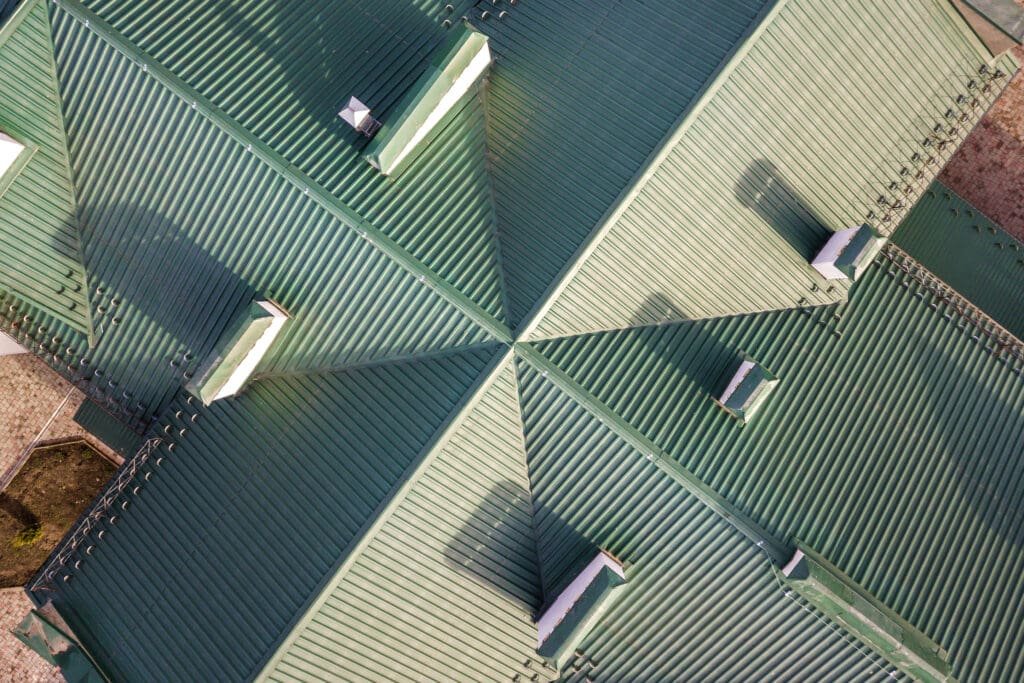
Benefits of Heat-Resistant Roofing
Investing in heat-resistant roofing materials can significantly reduce the risk of roof leaks during the summer months. These materials are designed to reflect sunlight and prevent excessive heat absorption, keeping your home cool and minimizing stress on your roof. Heat-resistant roofing can also improve energy efficiency and reduce cooling costs.
One popular option for heat-resistant roofing is cool roofing, which utilizes materials with high solar reflectance and thermal emittance properties. Cool roofing can help lower roof temperatures by up to 50 degrees Fahrenheit, reducing the need for air conditioning and decreasing energy consumption. Additionally, some cool roofing materials are made from recycled content, promoting sustainability and environmental responsibility.
Importance of UV-Resistant Materials
UV rays from the sun can cause damage to roofing materials over time. UV-resistant materials are specially formulated to withstand prolonged sun exposure without deteriorating. By choosing UV-resistant roofing materials, you can protect your roof from the damaging effects of the sun and extend its lifespan.
In addition to UV resistance, some roofing materials come with built-in algae and mold inhibitors to prevent unsightly growths that can compromise the integrity of your roof. These inhibitors work by inhibiting the growth of algae, moss, and lichen, preserving the appearance and functionality of your roof for years to come.
Evaluating Material Durability and Lifespan
When selecting roofing materials, it’s important to consider their durability and lifespan. Some materials, such as asphalt shingles, have shorter lifespans and may require more frequent replacements. Others, like metal or tile roofing, are known for their durability and longevity. Assessing the expected lifespan of different roofing materials can help you make an informed decision and ensure your roof remains leak-free for years to come.
Furthermore, the maintenance requirements of different roofing materials should also be taken into account. While some materials may require regular inspections and upkeep to maintain their performance, others are virtually maintenance-free, providing peace of mind and cost savings over the long term. By understanding the maintenance needs of various roofing materials, you can choose a roof that not only meets your aesthetic preferences but also fits your lifestyle and budget.
Professional Roofing Services for Leak Prevention

When to Call a Roofing Professional
If you’re unsure about the condition of your roof or suspect there may be leaks, it’s best to call a professional roofing contractor. They have the expertise and experience to assess your roof’s condition accurately and recommend the necessary repairs or maintenance. Timely intervention by a roofing professional can help prevent small issues from escalating into major problems.
What to Expect from a Roofing Service
When you hire a roofing service for leak prevention, you can expect a thorough inspection of your roof, a detailed assessment of its condition, and professional recommendations for repairs or maintenance. Roofing professionals have access to specialized tools and materials, ensuring that the repairs are done correctly and effectively.
Long-Term Benefits of Professional Roof Maintenance
Investing in professional roof maintenance can provide long-term benefits for leak prevention. Regular inspections and maintenance by experienced roofing professionals can help identify and address potential issues before they worsen. Proper roof maintenance can extend the lifespan of your roof, prevent leaks, and save you money on costly repairs down the line.
One of the key advantages of professional roof maintenance is the ability to detect hidden issues that may not be immediately visible to the untrained eye. Roofing professionals have a keen eye for detail and can identify signs of damage or wear that may go unnoticed by homeowners. By catching these problems early on, they can be addressed before they lead to more significant issues, such as water damage or structural instability.
Additionally, professional roof maintenance involves more than just inspecting the surface of your roof. Roofing professionals will also examine the underlying structure, including the attic and insulation, to ensure that everything is in good condition. This comprehensive approach allows them to identify potential sources of leaks or weak points in the roof system that may need reinforcement.
Furthermore, professional roof maintenance often includes cleaning and clearing debris from the roof and gutters. Leaves, branches, and other debris can accumulate over time, leading to clogged gutters and water pooling on the roof. This can increase the risk of leaks and damage to the roof. By regularly cleaning and maintaining the roof and gutters, professionals can prevent these issues and ensure that water is properly directed away from the roof.
In conclusion, protecting your roof from leaks during the summer months requires a proactive approach. Understanding the causes of roof leaks, implementing essential maintenance techniques, choosing the right roofing materials, and seeking professional roofing services are essential steps to keep your roof leak-free and in optimal condition. By taking preventive measures and addressing any issues promptly, you can ensure the longevity and integrity of your roof for years to come.
